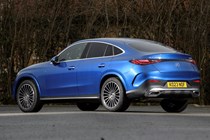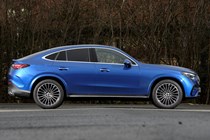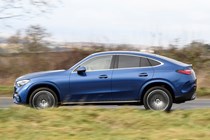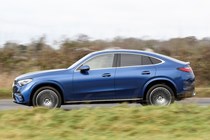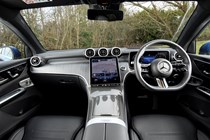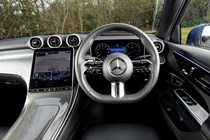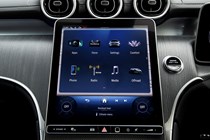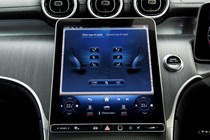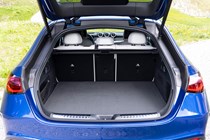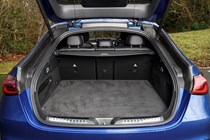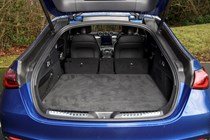
Mercedes-Benz GLC Coupe verdict
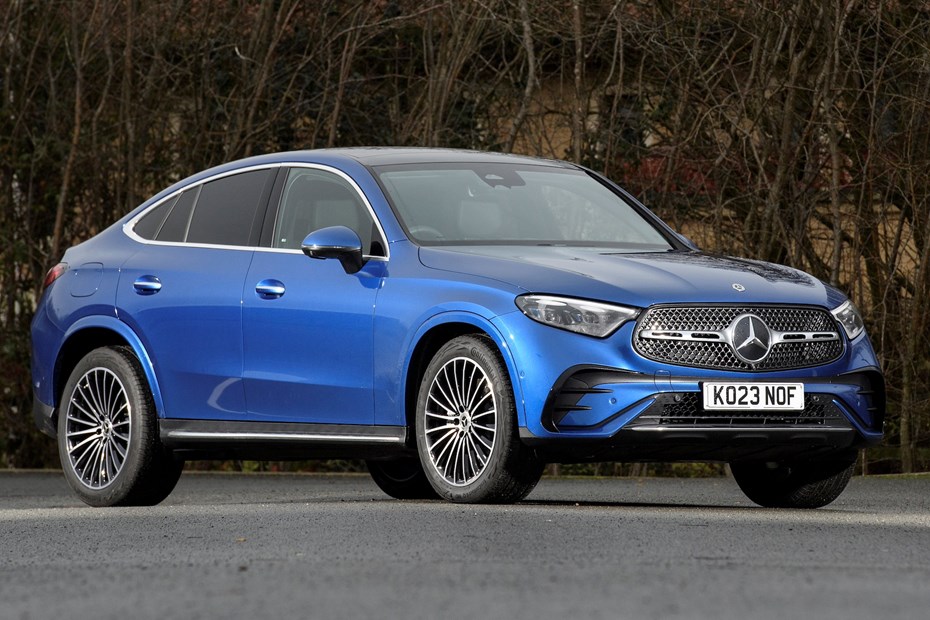
Should you buy one?
Probably not. Mercedes-Benz’s intention for the GLC Coupe was to inject a bit of style and sportiness into its rather sensible GLC SUV, but we fear the car will miss the mark in the UK. For starters, there aren’t any mechanical differences between the Coupe and the SUV, so it feels just like the standard car to drive. That seems a bit dishonest considering it’s so much more expensive.
UK buyers also miss out on extras such as adaptive dampers and rear-wheel steering, which is a shame because the latter option dramatically improves the car’s agility. We can’t even have the car with a plug-in hybrid powertrain. In the case of such an expensive car, that seems like an oversight considering the tax breaks that are available for PHEVs in Blighty. It would have made what’s ultimately a compromised car a far more attractive purchase.
What we like
The Mercedes-Benz GLC Coupe’s cabin is good. It’s trimmed in expensive materials and has been screwed together reasonably well (although a BMW X4 feels more solid). Headroom also isn’t compromised too badly over the standard GLC, and the top-spec 300d model is surprisingly fast in a straight line.
What we don’t like
Quite a lot. The GLC Coupe doesn’t drive any better than a standard GLC, but it’s considerably more expensive. That’s an awfully high price to pay for a more rakish roofline, especially when there are rivals available that cost less and drive better (such as the Audi Q5 Sportback and BMW X4).
Mercedes-Benz has seriously neglected its UK buyers, too. We get a pared back model range – and the missing extras are the items that would increase the car’s appeal the most. The PHEV powertrains are the biggest loss, as they all offer maximum electric ranges of around 80 miles.
That’s enough range to get away with using the GLC Coupe as an EV most of the time, which could have slashed the car’s running costs in half. The PHEVs would have also made the car incredibly appealing for company car buyers, as their low CO2 emissions and high EV ranges would have placed them in the second-lowest Benefit-in-Kind tax bracket.



